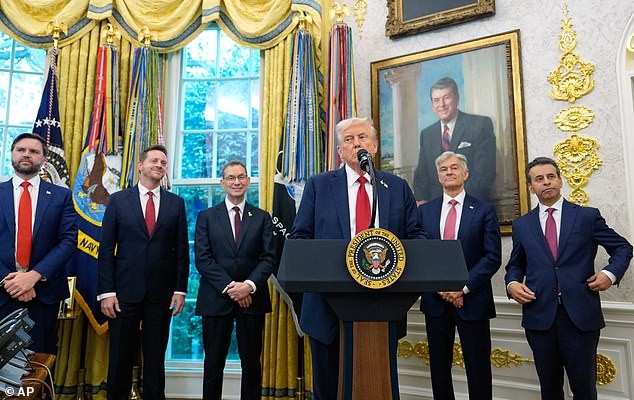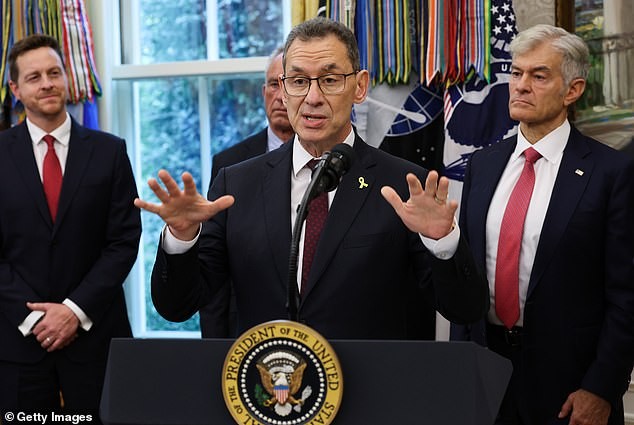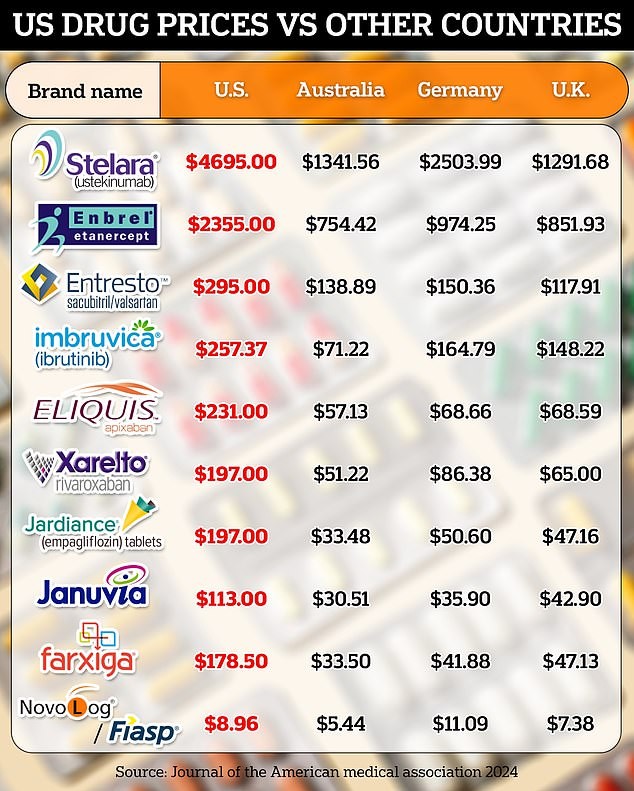Drugs cheaper, starting today? Trump and Pfizer unveil a sweeping MFN price plan that could reshape U.S. medicine—while tariffs, manufacturing shifts, and a government showdown loom
President Donald Trump and Pfizer announced a deal they describe as historic: lower prices on virtually Pfizer's entire portfolio of prescription drugs, offered through a new site called TrumpRx that promises discounts "starting immediately." The administration says Americans will be able to buy medicines directly instead of through insurance. The discounts are billed as the highest in American history, with the plan centered on most-favored-nation pricing that would mirror the lowest prices found in other developed countries. But many details remain unclear—who benefits, when price cuts begin, and how this will affect people on government programs versus those with private insurance.

In This Article:
How the plan would work: direct-to-consumer pricing and MFN discounts
Under the deal, Pfizer’s drugs would be discounted on TrumpRx, a website not yet launched. Karoline Leavitt, the White House press secretary, said Americans could buy prescription drugs directly rather than through insurers. Chris Klomp, senior advisor to the HHS secretary, called the discounts the highest in American history. The strategy rests on MFN pricing, which seeks to match the lowest price available in other developed nations.

Stakes, promises, and the manufacturing bet
Behind the rhetoric lies a broader strategy to adopt MFN pricing and tie U.S. drug prices to the global floor. The plan follows a May executive order mandating MFN-style pricing. Pfizer has pledged to invest about $70 billion to move drug manufacturing to the United States and to fund research, development, and vaccines. Pfizer CEO Albert Bourla described the deal as turning the tide against an ‘unfair’ system, while FDA Commissioner Dr. Marty Makary warned that drug spending is a major driver of health-care costs and could be reshaped by this agreement.

Unknowns, risks, and political theater
It remains unclear when price changes would take effect, and it is uncertain whether discounts would apply to people on Medicare or Medicaid or to those with private insurance. The administration has signaled potential tariffs—about 5–8% on firms that resist the plan and a 100% tariff on some drugs manufactured outside the U.S.—as leverage to secure compliance. Trump also floated the idea of a future pill priced at $10 under MFN and suggested further deals with other companies like Eli Lilly. The TrumpRx site itself remains unavailable.

Bigger picture: affordability, innovation, and the numbers behind the claim
Context matters: the latest data show prescription drug spending in the United States remains high. In 2022, the annual cost per person was about $1,400 when accounting for out-of-pocket costs, insurer coverage, and government programs. Between January 2022 and January 2023, more than 4,200 prescription drugs increased in price, with an average rise of 15 percent and some increases as high as 3,000 percent. A 2024 JAMA study found common drugs like Jardiance can cost up to five times more in the United States than in countries such as Australia. Pfizer’s portfolio includes about 300 prescription drugs and vaccines, including the mRNA COVID vaccine, Viagra, Xanax, and 22 approved cancer therapies. The broader debate centers on balancing affordability, innovation, and the power of the pharmaceutical industry.

